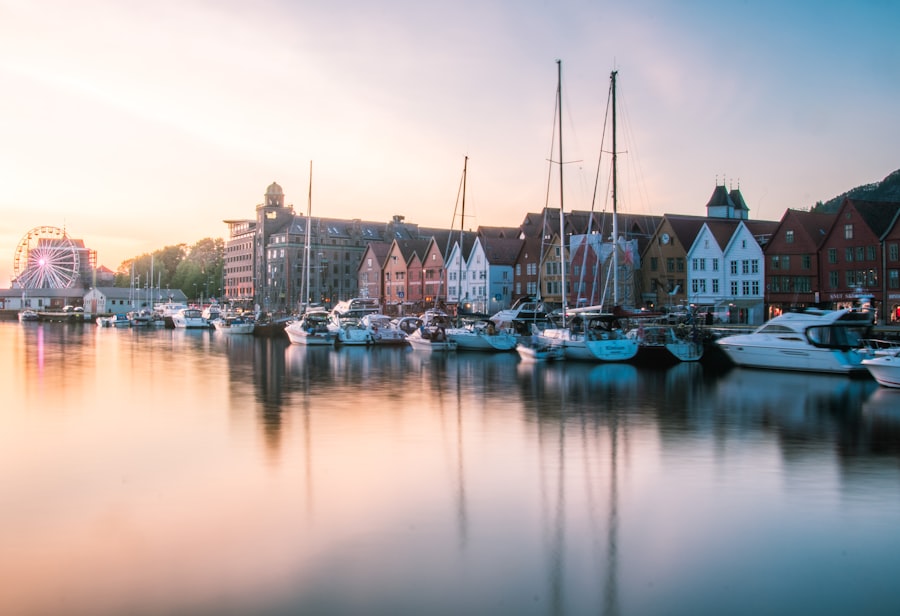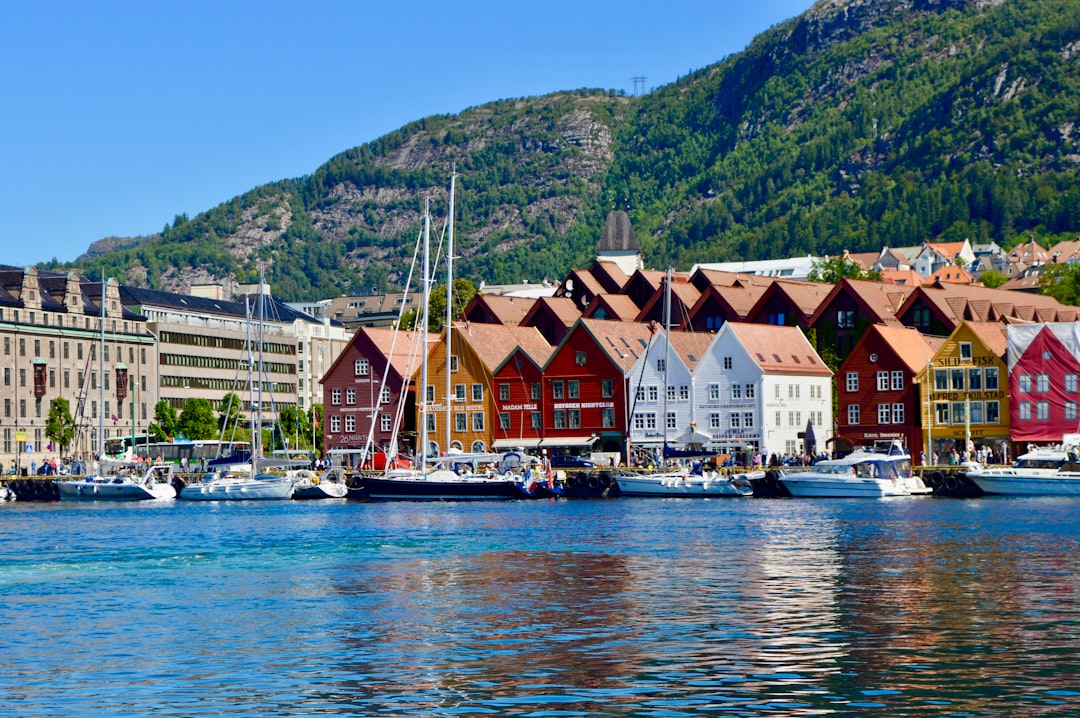A Julebord, translating to “Christmas table,” is a cherished tradition in Norway that encapsulates the festive spirit of the holiday season. Typically held in December, these gatherings bring together friends, family, and colleagues to celebrate the joys of Christmas with an abundance of food, drink, and merriment. The Julebord is not merely a meal; it is an event steeped in social significance, where people come together to share stories, laughter, and the warmth of companionship.
The atmosphere is often lively, filled with the sounds of clinking glasses and cheerful conversations, as participants indulge in a variety of traditional dishes that evoke the essence of Norwegian Christmas. The Julebord serves as a wonderful opportunity for people to reconnect and strengthen bonds, whether among family members or within the workplace. In many companies, it has become customary to host a Julebord as a way to celebrate the year’s achievements and foster camaraderie among employees.
This festive gathering is marked by a sense of joy and gratitude, making it an integral part of the Norwegian holiday experience. Your journey to a smooth relocation starts here. Talk one-on-one with a Norway Relocation specialist and turn your plan into a reality.
Summary
- Julebord is a traditional Norwegian Christmas party that involves feasting, drinking, and socializing with colleagues, friends, and family.
- The history of Julebord dates back to pagan times and has evolved over the years to become an important part of Norwegian Christmas traditions.
- Traditional Julebord food includes dishes like ribbe (pork ribs), pinnekjøtt (dried and salted lamb ribs), and lutefisk (dried whitefish), accompanied by drinks like aquavit and beer.
- When dressing for a Julebord, it’s important to wear smart-casual attire, with women often opting for dresses and men for suits or smart trousers and shirts.
- Julebord is an important cultural event in Norway, providing an opportunity for people to come together, celebrate, and strengthen social bonds.
The History of Julebord
The origins of the Julebord can be traced back to ancient Norse traditions, where feasting during the winter solstice was a way to celebrate the return of light and the promise of spring. These early festivities were often marked by large gatherings that included not only food and drink but also rituals intended to honour the gods and ensure a bountiful harvest in the coming year. As Christianity spread throughout Norway, many pagan customs were adapted into Christian celebrations, leading to the evolution of the Julebord as we know it today.
Over the centuries, the Julebord has transformed into a more secular celebration, although it still retains its roots in communal feasting. The 19th century saw a significant shift in how Norwegians celebrated Christmas, with an emphasis on family gatherings and festive meals. The introduction of various traditional dishes and drinks during this time helped solidify the Julebord’s place in Norwegian culture.
Today, it stands as a testament to Norway’s rich history and cultural heritage, blending ancient customs with modern practices.
Traditional Julebord Food and Drink

At the heart of any Julebord is an impressive spread of traditional Norwegian cuisine that reflects the country’s culinary heritage. Guests can expect to find an array of dishes that vary by region but often include staples such as ribbe (roast pork belly), pinnekjøtt (dried and salted lamb ribs), and lutefisk (dried fish treated with lye). Accompanying these main courses are an assortment of side dishes, including red cabbage, potatoes, and various sauces that enhance the flavours of the meal.
In addition to the hearty fare, beverages play a crucial role in the Julebord experience. Aquavit, a traditional Scandinavian spirit flavoured with herbs and spices, is often served alongside beer and mulled wine. These drinks not only complement the food but also contribute to the festive atmosphere as guests raise their glasses in toasts and cheers.
The combination of delicious food and drink creates a sensory experience that embodies the spirit of Christmas in Norway.
How to Dress for a Julebord
When attending a Julebord, dressing appropriately is essential to fully embrace the festive spirit. While there is no strict dress code, many people opt for smart casual attire that reflects the celebratory nature of the occasion. For men, this might mean wearing dress trousers paired with a button-up shirt or even a blazer for added flair.
Women often choose elegant dresses or skirts combined with stylish tops, accessorising with festive jewellery or scarves to add a touch of holiday cheer. In some cases, particularly for more formal Julebord events, traditional Norwegian attire known as “bunad” may be worn. This beautifully crafted folk costume showcases regional patterns and colours, making it a stunning choice for celebrating Christmas.
Regardless of the outfit chosen, it is important to consider comfort as well; after all, a Julebord involves indulging in delicious food and drinks while enjoying lively conversations with friends and family.
The Importance of Julebord in Norwegian Culture
The Julebord holds significant cultural importance in Norway, serving as a vital link between generations and communities. It is a time when people come together to celebrate not only the festive season but also their shared heritage and traditions. The gathering fosters a sense of belonging and unity among participants, reinforcing social ties that are essential in Norwegian society.
Moreover, the Julebord acts as a reminder of the values that underpin Norwegian culture: hospitality, generosity, and togetherness. By inviting others to share in this festive celebration, individuals demonstrate their commitment to nurturing relationships and creating lasting memories. As such, the Julebord transcends mere culinary enjoyment; it embodies the spirit of community that is deeply ingrained in Norwegian life.
Julebord Etiquette and Customs

Understanding the etiquette surrounding a Julebord can enhance the experience for both hosts and guests alike. One key custom is arriving on time; punctuality is highly valued in Norwegian culture, and being late can be seen as disrespectful. Upon arrival, it is customary to greet fellow guests warmly and engage in small talk before diving into the festivities.
During the meal itself, guests are encouraged to try a little bit of everything on offer while also being mindful of portion sizes. It is polite to compliment the host on their cooking and express gratitude for their hospitality. Additionally, toasts are an integral part of the Julebord experience; guests often raise their glasses to honour one another or celebrate shared achievements from the past year.
Following these customs not only shows respect for tradition but also contributes to an enjoyable atmosphere for all involved.
Popular Julebord Games and Activities
To further enliven the festivities at a Julebord, many hosts incorporate games and activities that encourage interaction among guests. One popular game is “Julekalender,” where participants take turns opening small gifts or surprises hidden behind numbered doors on an advent calendar. This playful activity adds an element of excitement and anticipation to the gathering.
Another common activity is singing traditional Christmas carols or engaging in group games that promote laughter and camaraderie. These activities serve not only as entertainment but also as opportunities for guests to bond over shared experiences and create lasting memories together. By incorporating games into the Julebord celebration, hosts can ensure that everyone leaves with smiles on their faces and hearts full of joy.
Planning Your Own Julebord
If you are inspired to host your own Julebord, careful planning is essential to create an unforgettable experience for your guests. Start by selecting a date that works for your intended attendees; early December is often ideal for accommodating busy schedules during the holiday season. Once you have your guest list finalised, consider what type of food and drink you would like to serve.
Creating a menu that features traditional dishes will help set the tone for your gathering. You may choose to prepare everything from scratch or opt for catering services that specialise in Norwegian cuisine. Additionally, don’t forget about decorations; festive touches such as candles, ornaments, and table settings can enhance the overall atmosphere of your Julebord.
Julebord Music and Dancing
Music plays an integral role in setting the mood at any Julebord celebration. Traditional Norwegian Christmas songs often fill the air, creating an inviting atmosphere that encourages guests to join in singing along. In some cases, live musicians may be invited to perform folk tunes or popular holiday songs that resonate with attendees.
As the evening progresses, dancing may become part of the festivities as well. Whether it’s traditional folk dances or simply dancing along to popular music, this lively activity adds an extra layer of enjoyment to the gathering. The combination of music and dancing fosters a sense of joy and celebration that embodies the spirit of Christmas.
Julebord in Different Regions of Norway
While the essence of Julebord remains consistent across Norway, regional variations add unique flavours to this beloved tradition. In Northern Norway, for instance, seafood dishes such as cod or king crab may take centre stage alongside traditional meats like ribbe or pinnekjøtt. In contrast, Southern Norway might feature more game meats like venison or reindeer as part of their festive spread.
These regional differences reflect not only local culinary preferences but also cultural influences that shape how communities celebrate Christmas. Regardless of location, however, each Julebord shares common themes of togetherness and joy that resonate throughout Norway during this special time of year.
Tips for Surviving the Julebord Season
As delightful as the Julebord season can be, it can also be overwhelming with numerous gatherings filling up calendars throughout December. To navigate this busy time successfully, consider setting aside specific days for hosting or attending events while allowing yourself some downtime between celebrations. This will help prevent burnout while still enabling you to enjoy all that this festive season has to offer.
Additionally, pacing yourself during meals can be beneficial; with so much delicious food available at each gathering, it’s easy to overindulge! Take your time savouring each dish while also engaging in conversations with fellow guests—this will enhance your overall experience without leaving you feeling overly stuffed by evening’s end. In conclusion, embracing traditions like Julebord allows individuals not only to celebrate Christmas but also to connect with their cultural heritage while fostering relationships within their communities.
As you partake in this joyous occasion—whether as a guest or host—remember that it’s about more than just food; it’s about creating cherished memories with those around you during this magical time of year.
Register for a Norwegian class at the NLS Norwegian Language School now!

